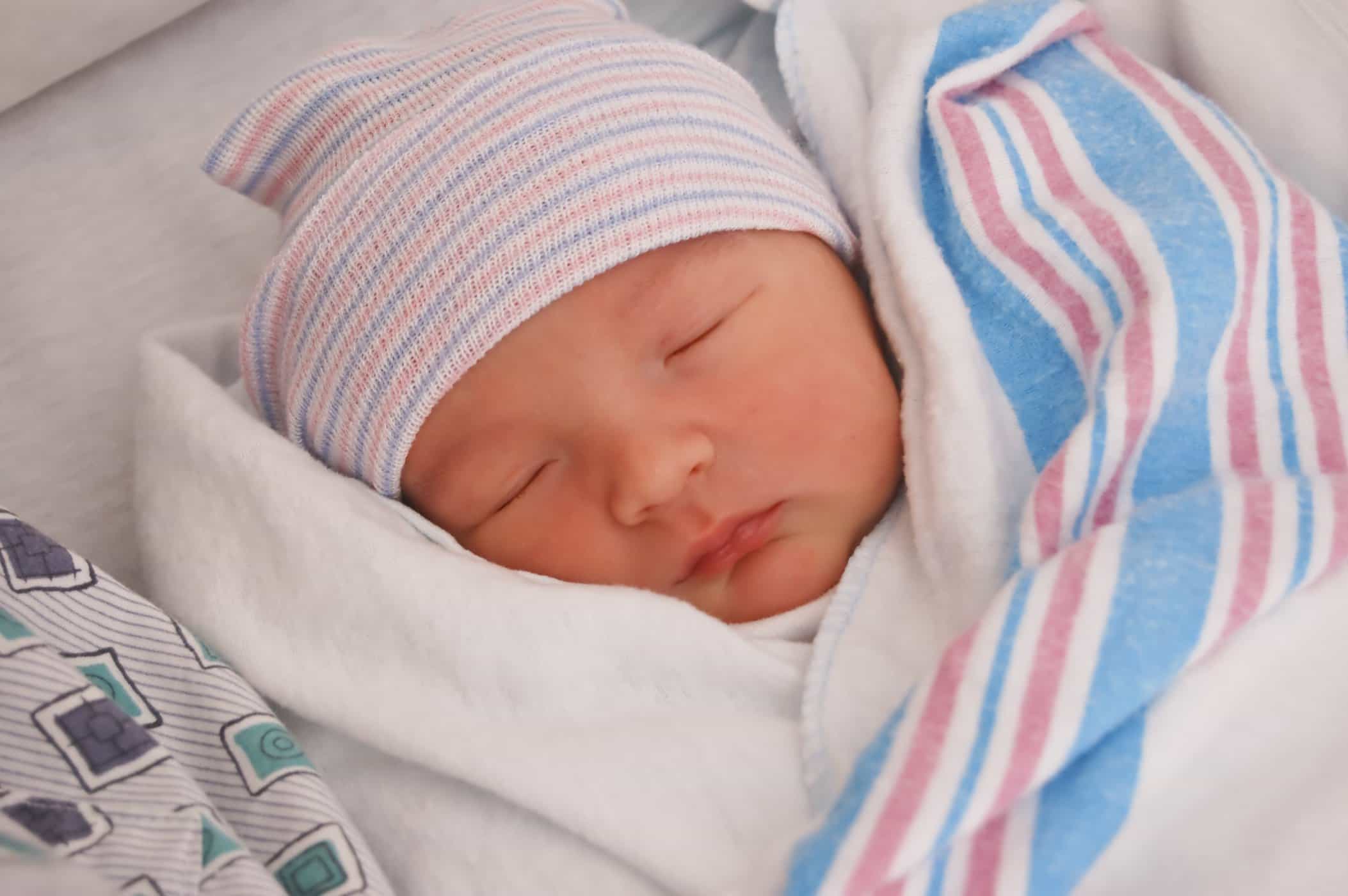Contents:
- Medical Video: Baby Facts: 10 Weird Facts on Babies you didn't know (+ Bonus)
- When newborn, the baby cries without tears
- Newborns have birthmarks
- Newborns have 300 bones
- Newborns do not have a kneecap
- Newborns can hear, smell and see well
- Newborns recognize songs that are heard while still in the womb
- Newborns put anything in the mouth
- A newborn baby boy has breasts and has an erection
- Newborns will lose hair
- Newborns have the first stool that is greenish black in color
Medical Video: Baby Facts: 10 Weird Facts on Babies you didn't know (+ Bonus)
Behind a tiny body, an adorable face, and soft skin, there are a myriad of interesting facts that are rarely known to many people about newborns - maybe their own mother has not known it either. What are they?
When newborn, the baby cries without tears
Newborns do not produce tears until they are a few weeks old. This happens because the tear glands have not really developed perfectly. After about 2-3 months old, babies cry with tears. Because at that age the production of baby tears is increasing.
Newborns have birthmarks
Generally every newborn has a minimum of one birthmark. This is not a disorder, but it is normal. About 80 percent of babies are born with birthmarks. Birthmarks occur when small blood vessels under the skin widen during labor. Birthmarks appear in various shapes, colors and sizes. Usually this birthmark will disappear by itself when the child is three years old. But some birthmarks will stay, even widen.
Newborns have 300 bones
Unlike adults, the number of newborn bones is 300. But as we get older, the number of bones decreases to 206 because some bones have fused. For example, the baby's skull has several soft bones that overlap each other during childbirth to make it easier for the baby to come out of the mother's vagina. Before the skull grows fully, it is only a slippery and sensitive area.
Newborns do not have a kneecap
Babies are born without a kneecap. Babies only have cartilage on their knees before finally the kneecap bone actually appears at the age of six months.
Newborns can hear, smell and see well
When newborn, the ability to hear babies is not perfect, because the middle ear is still filled with fluid, which is a little annoying hearing. But the baby can recognize his mother's voice, the voice that he always hears most clearly when the baby is still in the womb. Therefore, the baby responds better to the sound of his mother than the voices of others. Even a newborn who falls asleep can recognize his mother's voice in only one word, and can activate the brain associated with his language abilities.
Even the smell will increase at this stage. But the vision isn't too good. Newborns experience farsightedness. New babies can see objects or anything within 8 to 12 inches from them. This is because the baby's brain cannot process information about 8 to 15 inches. The baby's brain contains around 100 billion neurons, which is why they pay attention to everything around him. It takes several weeks for the baby to distinguish visually between his mother and other adults.
Newborns recognize songs that are heard while still in the womb
Babies can recognize songs that are heard while in the womb for up to four months after birth. Therefore, when babies are fussy they can try to give songs that are usually heard during pregnancy, because it can make the baby more calm.
Newborns put anything in the mouth
Newborns sometimes put fingers into their mouths. A few months later, when it can hold an object, the baby tends to put everything in his mouth. Research in France shows newborns do have the instinct to put everything in their mouths as part of an effort to survive. Because entering something into the mouth is defined as the ability to be able to eat.
A newborn baby boy has breasts and has an erection
Baby boys are born with slightly swollen breasts. This is because babies receive female hormone intake from the placenta before birth. This also occurs in newborn baby girls.
Erection can also be experienced by male babies, which generally occur before they urinate. Meanwhile the testicles of newborns are often difficult to feel, this is because the muscles attached to the testes pull it into the groin quickly when the genital area is touched or because of cold air
Newborns will lose hair
At birth, all baby's skin is covered with fine hair, called lanugo. The hair will fall slowly, so it's often not realized. Lanugo will disappear completely shortly afterwards.
Newborns have the first stool that is greenish black in color
The baby's first stool consists of a dark sticky substance called meconium. The first baby's stool is produced by a newborn in the first two days of his life. Don't worry if it's dark green. Over time the dark green of mekonium will turn brownish green, then turn yellow with a denser texture.











